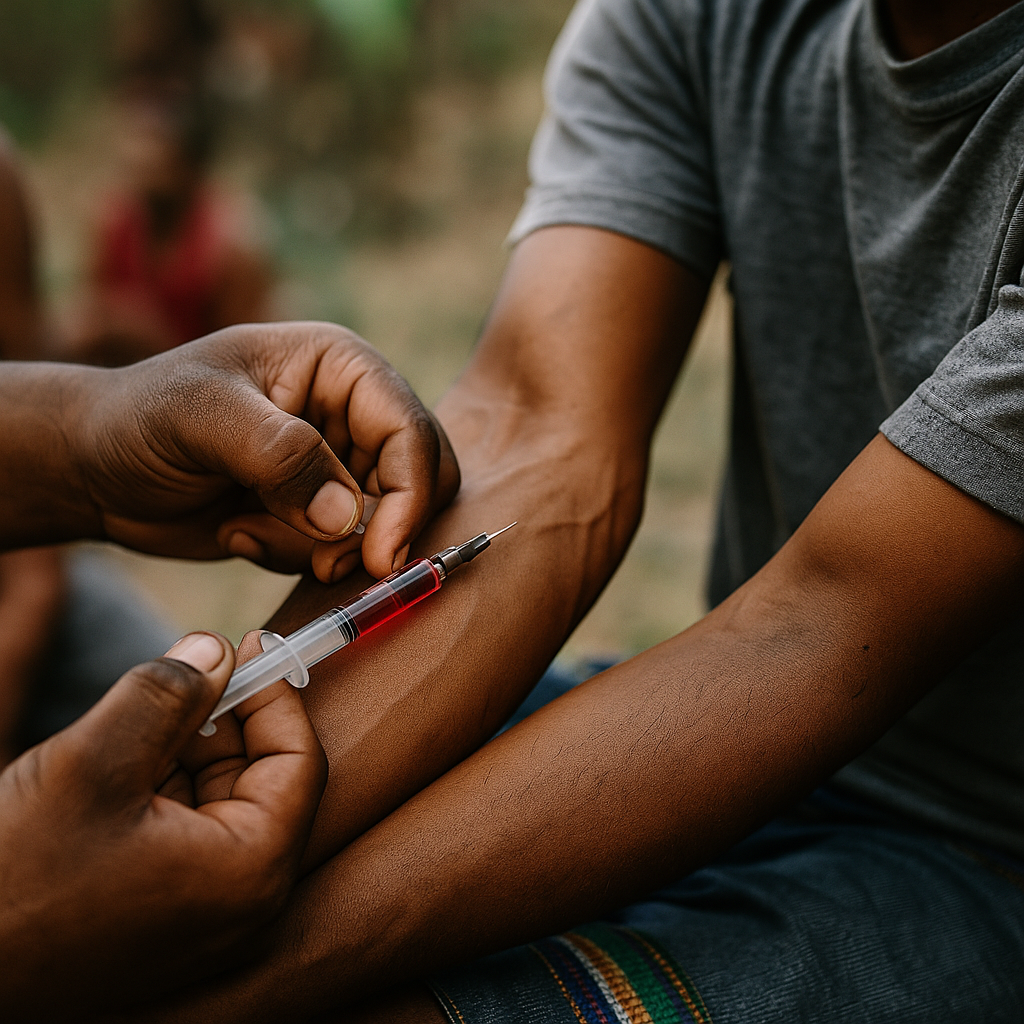
Is the world any closer to a cure for HIV? That question has fueled decades of scientific inquiry and advocacy. In 2025, HIV cure research stands at a promising crossroads, driven by global collaboration, technological innovation, and a deeper understanding of viral persistence.
Much like building a bridge over a chasm, curing HIV means overcoming massive biological and logistical challenges. Yet today, we are witnessing tangible progress—from long-term viral remission cases to cutting-edge gene editing trials. These efforts are inching us closer to what once seemed impossible: a world without HIV.
This article explores where HIV cure research stands now, what recent breakthroughs mean for the future, and how patients can stay informed and involved.
Table of Contents
- Functional vs. Sterilizing Cure: Key Concepts
- Major 2025 Breakthroughs in HIV Cure Research
- Innovative Approaches: Gene Editing and Immune Therapy
- The Role of Clinical Trials and Global Access
- Conclusion and FAQs
Functional vs. Sterilizing Cure: Key Concepts
Understanding HIV cure research starts with knowing the difference between two major types of cures: functional and sterilizing.
A functional cure means the virus is controlled without the need for ongoing antiretroviral therapy (ART), though trace amounts of HIV may remain in the body. In contrast, a sterilizing cure would eliminate all replication-competent HIV from the body entirely.
Currently, the functional cure is more achievable and has already been observed in rare cases. For instance, the “Berlin Patient” and “London Patient” both achieved sustained viral remission after receiving stem cell transplants for cancer treatment—transplants that came from donors with a CCR5 mutation rendering their immune cells resistant to HIV.
These cases, while groundbreaking, are not broadly replicable for the general HIV-positive population. Nevertheless, they have opened doors to more practical approaches being developed today.
Major 2025 Breakthroughs in HIV Cure Research
Several promising developments in 2025 are reshaping the landscape of HIV cure research. Scientists continue to identify new ways to suppress or eradicate the virus, particularly from its hidden reservoirs—cells where HIV can lie dormant and evade treatment.
One of the most exciting headlines came from a collaboration between U.S. and European researchers who used dual-targeted latency-reversing agents (LRAs) to “flush out” dormant virus in humanized mouse models, then eliminate it using enhanced immune cells. While still preclinical, this combination therapy approach shows significant potential.
Another major development is the eCLEAR study, which concluded its Phase 2 trials earlier this year. The therapy combines therapeutic vaccines with immune checkpoint inhibitors to stimulate the body’s natural defenses. Early data indicates durable viral suppression in patients who paused ART during the trial, though long-term monitoring is still underway.
Additionally, researchers are exploring the use of broadly neutralizing antibodies (bNAbs) like VRC01 in combination with latency reversal strategies. These antibodies can detect and destroy infected cells, mimicking a natural immune response to HIV.
These studies are not silver bullets, but they suggest that controlling HIV without daily medication may soon be within reach for more people.
Innovative Approaches: Gene Editing and Immune Therapy
Gene editing technologies such as CRISPR are now at the forefront of HIV cure research. In 2025, scientists are refining these tools to target and disrupt HIV DNA integrated into host genomes.
A key trial sponsored by Excision BioTherapeutics is using CRISPR-Cas9 to remove HIV DNA from infected cells. Early safety data is promising, with human trials underway after successful animal models showed reduced viral loads without major side effects.
In parallel, CAR T-cell therapy—originally developed for cancer—has been adapted to HIV. This involves engineering a patient’s T-cells to recognize and attack HIV-infected cells. A trial in South Africa recently showed that CAR T-cell therapy can persist in the body for months, targeting viral reservoirs effectively.
Despite these breakthroughs, challenges remain. Gene editing must be extremely precise to avoid unintended consequences. Additionally, immune-based therapies must be powerful enough to clear HIV but not cause autoimmune responses.
Still, these innovations mark a significant departure from traditional ART and are bringing fresh hope to long-term survivors.
The Role of Clinical Trials and Global Access
No discussion of HIV cure research is complete without recognizing the essential role of clinical trials. These studies are the backbone of progress, offering insights into what works—and what doesn’t—while prioritizing participant safety.
Currently, dozens of trials around the world are testing new strategies, including combination therapies, monoclonal antibodies, and therapeutic vaccines. Many trials now use analytical treatment interruptions (ATIs) to assess whether an intervention allows people to remain off ART without viral rebound. This controversial approach requires careful patient selection and monitoring.
However, accessibility is a growing concern. Most trials are based in high-income countries, potentially limiting access for those in areas where HIV prevalence is highest. Activists and researchers alike are calling for a more equitable distribution of resources and greater inclusion in trial design.
Patients interested in participating should consult with their physicians or visit Healthcare.pro to explore eligibility, especially if their current treatment plan is stable.
For community support and updates, forums like Health.healingwell.com offer peer advice and ongoing discussions about experimental therapies.
Conclusion and Key Takeaways
In 2025, HIV cure research is more hopeful than ever. While we haven’t yet achieved a universal cure, the momentum is undeniable. Scientific breakthroughs in gene therapy, immune modulation, and viral latency control are converging in ways that may soon make functional cures a reality for more people.
Although challenges remain—especially around accessibility and long-term efficacy—progress is accelerating. If history is any guide, sustained collaboration, investment, and advocacy will be key to moving from promise to practice.
FAQs
What is the difference between a functional and sterilizing HIV cure?
A functional cure controls HIV without ongoing ART, while a sterilizing cure removes all traces of the virus from the body.
Are there any patients cured of HIV?
Yes, a few patients, such as the Berlin and London patients, have achieved viral remission after stem cell transplants, but these are not widely applicable treatments.
Is gene editing safe for HIV treatment?
Gene editing like CRISPR is still in clinical trials. Early data shows promise, but long-term safety and precision must be ensured before widespread use.
How can I participate in an HIV cure trial?
Speak to your healthcare provider or visit Healthcare.pro to find current trial options that may be a fit based on your health history.
Where can I stay informed about HIV cure research?
Check reputable sources like AIDS.org, research hospitals, and online communities such as Health.healingwell.com for the latest updates.
Disclaimer:
This content is not medical advice. For any health issues, always consult a healthcare professional. In an emergency, call 911 or your local emergency services.



